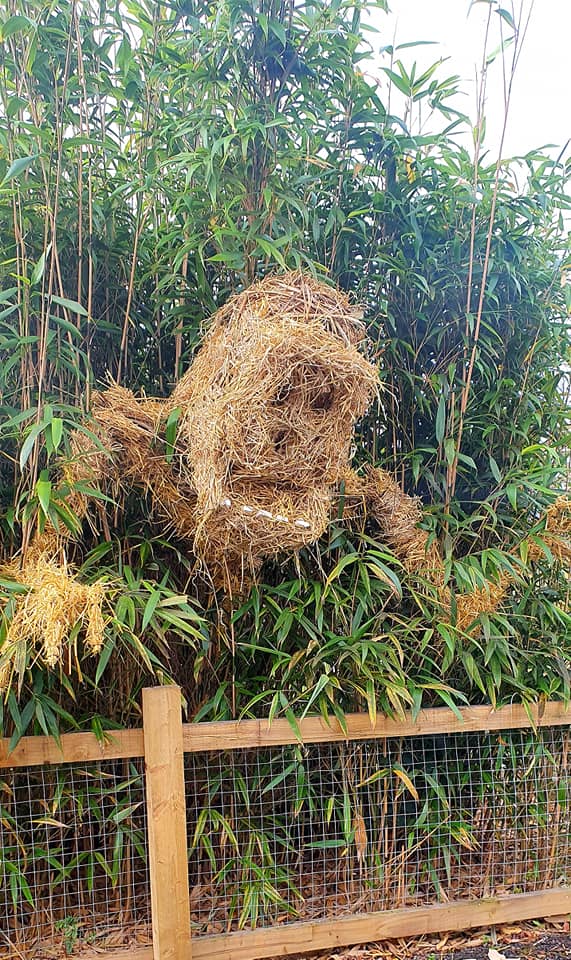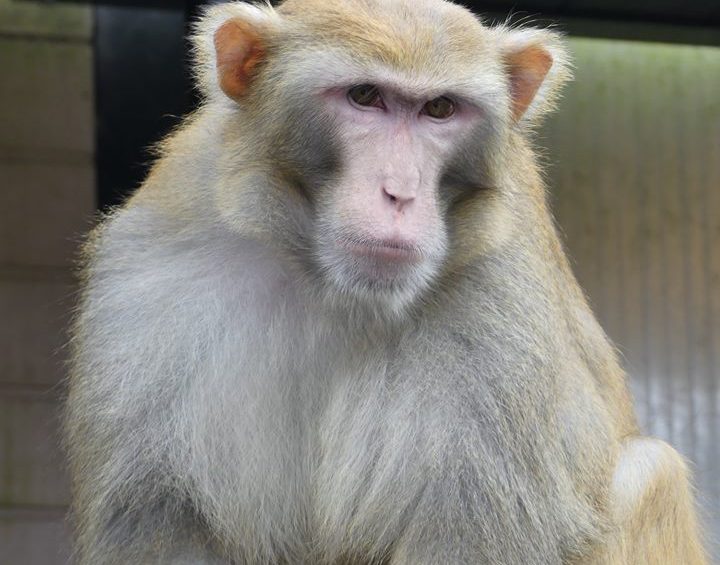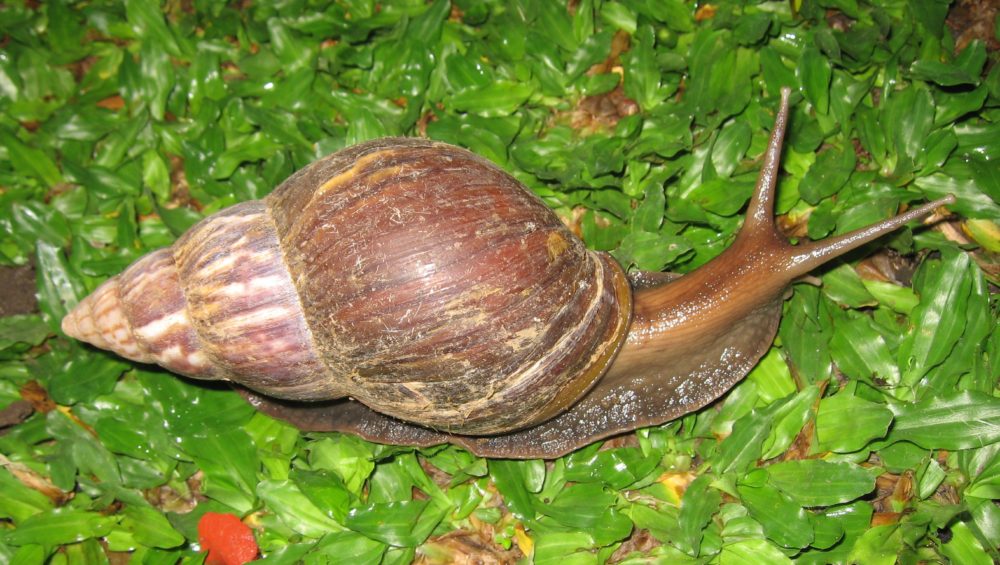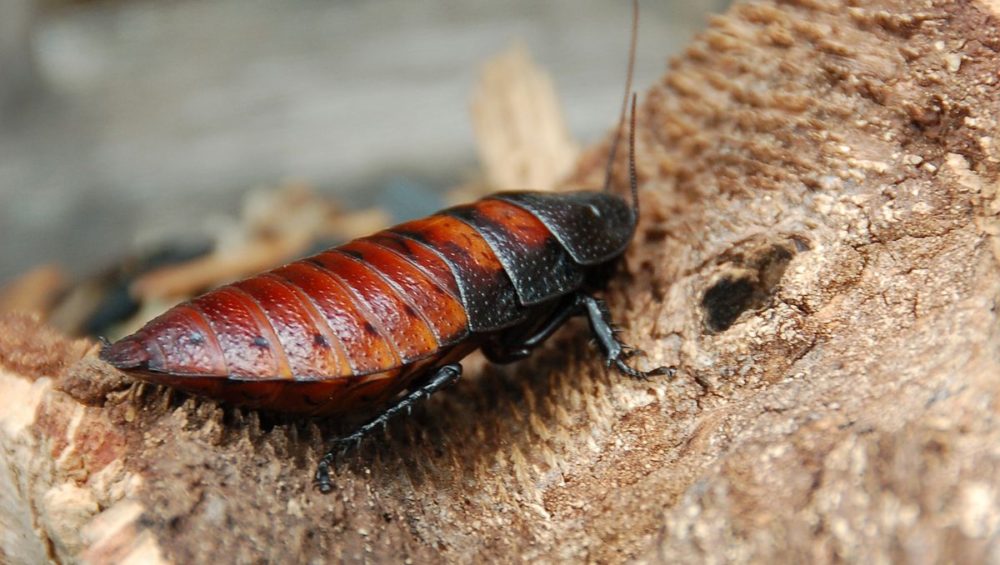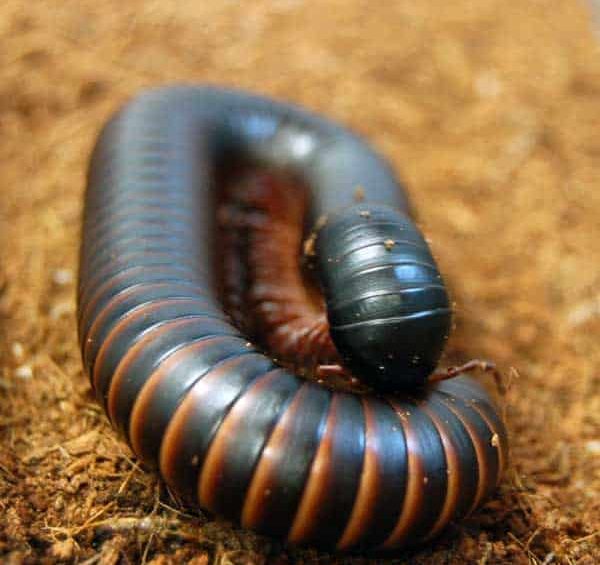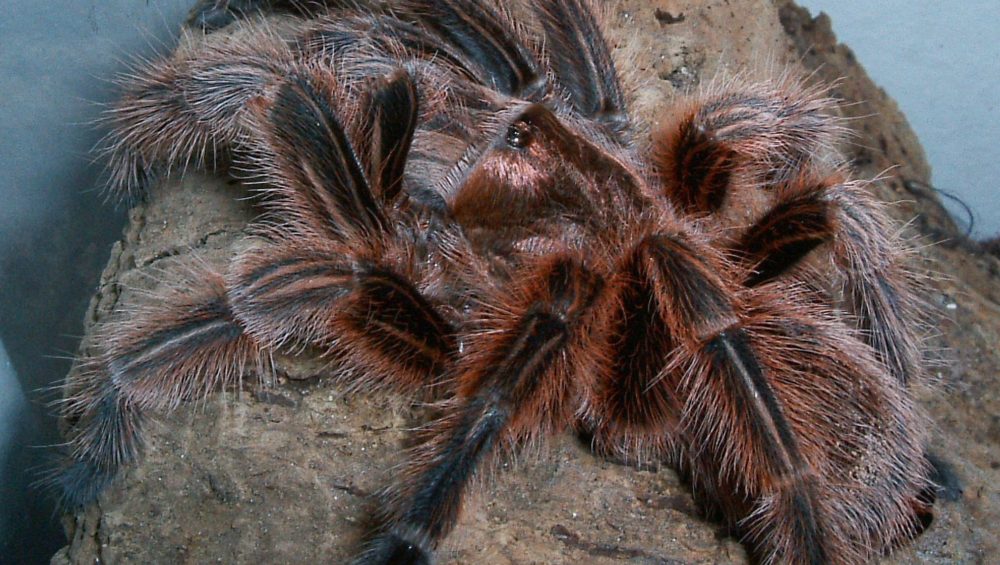Just a few more days until The Great Aviva Road Trip kicks off, with the winners coming to visit us at Secret Valley Wildlife Park. Aviva in partnership with Citroën has given the lucky winners the opportunity to travel across Ireland and experience some fantastic home-grown family fun, all in an eco-friendly hybrid vehicle to see the sights of the Emerald Isle up close. We can’t wait to welcome the winners to the Secret Valley Wildlife Park and to let you know what they get up to. Stay tuned! Visit Aviva.ie, rated 4.5/5 stars by their car insurance customers.

The Great Aviva Road Trip journeyed to the Sunny South East this week at Secret Valley Wildlife Park, with the winners coming to visit us. Aviva in partnership with Citroën has given the lucky winners the opportunity to travel across Ireland and experience some fantastic home-grown family fun, all in an eco-friendly hybrid vehicle to see the sights of the Emerald Isle up close. Here at Secret Valley, the family loved getting to feed the goats for the first time, and helping to give Toby the Turtle a bath! They’re already planning a return visit to see our lovely animals again, and hopefully catch Toby in another escape attempt! Visit Aviva.ie, rated 4.5/5 stars by their car insurance customers





